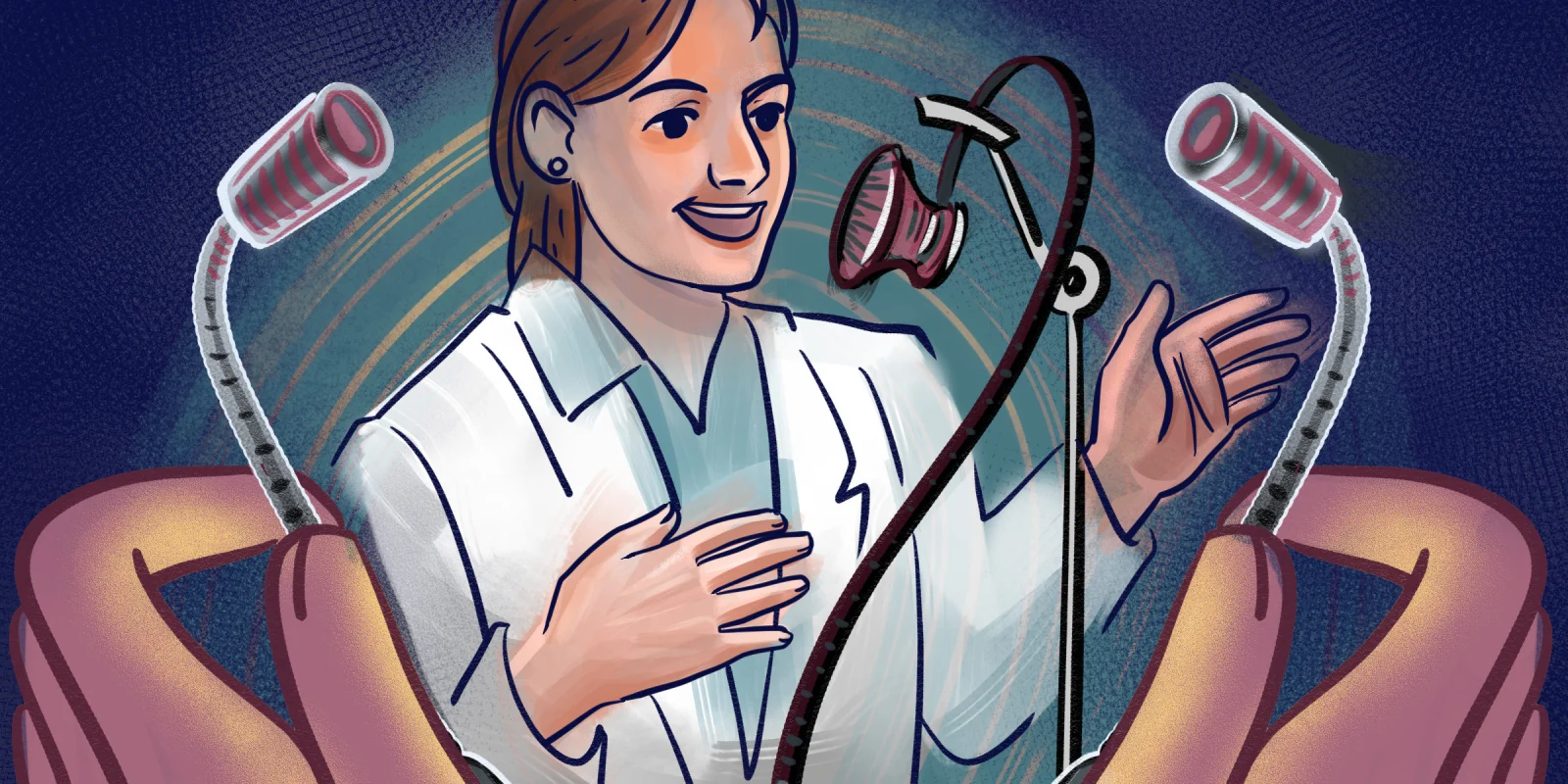They are the indispensable fixtures of almost every town: a grocery store, a school, a library, and yes, a doctor’s office.
Primary care physicians are a critical and trusted part of our communities. But the economics of primary care and the burden of managing practices, which has been exacerbated by COVID-19, have made it increasingly challenging for many to keep their doors open. This past year, for the first time, more than 50% of physicians were not independent and instead employed by hospitals or others – a trend that drives up costs and leans more on procedures than prevention.
It is estimated that primary care billing only accounts for 5% of health care dollars but drives 82% of downstream spend. Considering that one-quarter of health care expenditures are considered waste, PCPs are uniquely positioned to dramatically improve the quality and efficiency of our health care system. However, most PCPs caring for older adults are still compensated for the volume of services they render instead of the value of those services, despite their impact in reducing total cost of care.
American health care is unsustainable, and the time has come to radically reorient our health care system around value-based primary care. What does that mean?
1) Don’t walk, run to value. We’ll never get to our end goal with half-measures. Incremental pay-for-performance or low double-digit upside/downside shared savings will never provide sufficient economics for PCPs to make the deep investments necessary to transform care. We have been on a slow train to value for decades. It is time for payers — governmental and commercial — to double down on primary care and fast track programs that position community-based PCPs to take on full, global risk in 12 months or less.
2) Scale matters. Moving the needle on health care value will never be achieved by a small number of disconnected physicians. Given the complexity of our health care system, unifying primary care physicians at scale is necessary to power true transformation. We shouldn’t be satisfied with incremental change within the four walls of the PCP’s office. If we want to address the nearly 1 trillion dollars in annual health care waste, we need to set our sights on realigning the entire health care ecosystem to value. That can only be achieved by empowering PCPs with sufficient scale, resources, and multi-payer global risk arrangements so they can be stewards of the total care of their patients and communities.
3) True data transparency. For PCPs to offer next-generation, holistic care to patients, it is critical that regulators, health systems, and payers provide full longitudinal data on patients to PCPs. I wouldn’t want a surgeon to operate on me blindfolded. And I wouldn’t want a physician colleague caring for my mother without access to critical data on recent ER visits, lab tests, or imaging and pathology results.
Our data systems are siloed and fragmented. These silos have helped incumbent health systems, EHR vendors, and payers maintain their competitive advantage, but have been detrimental to community clinicians, and more importantly, our patients. It is past time for all stakeholders to commit to providing comprehensive data going back three years, if not more.
4) True cost transparency. The adage in retail is that if you have to ask what something costs, you probably can’t afford it. Well, the same could be said for health care. If stakeholders across the health care spectrum are committed to empowering PCPs as stewards of our patients’ health care costs, payers should make downstream cost data readily transparent. Far from an academic issue, knowing the cost of different tests and procedures is a moral imperative for us to care for patients, particularly seniors on fixed incomes.
5) Clarity around high-value activities. Physicians-in-training and those of us in practice need tools to better understand high- and low-value care. Well-funded campaigns for new, high-cost medications and devices bombard physicians. It is no wonder that spinal fusion, which can cost $60K-$110K despite the lack of clinical evidence supporting the procedure, increased 15 times, while the rates of spinal decompression, which can cost 80% less, decreased during the same period.
Patients are not units of billable care. Medical schools, residency programs, and medical societies need to emphasize education to trainees and front-line physicians on high-value activities that offer the greatest benefit to patients — diet, smoking cessation, and management of chronic diseases like CHF and chronic obstructive pulmonary disease – while addressing social determinants and behavioral health needs.
6) Interdependence not dependence. Health care is becoming increasingly complex, and to rise to that challenge, we in medicine will need to work collaboratively to bring together the technology, clinical expertise, and capital to transform.
I’ve seen the power of the value-based care transformation firsthand in places like Austin, Buffalo, and Columbus, with independent doctors who are deeply rooted in their communities. While other primary care physicians have struggled to keep their doors open, these pioneering doctors have embraced a value-based model with the confidence their businesses will thrive long-term – and are investing in the coordinated, team-based care their patients deserve.
The result is healthier communities, driven by physicians who can give more to the patients who need it most.
With the onslaught of pop-up clinics and tech disrupters, it is easy to forget how critical the relationship is between a patient and doctor. Of all the interventions a patient can have – be it surgical or imaging or medication – at the end of the day, the most powerful intervention is a trusted conversation between a physician and a patient. Studies have even shown that communities with greater access to primary care physicians have improved longevity.
The cure to our health care woes is right in front of our eyes. We need to reorient our health care system — both structurally and economically — to empower primary care as the organizing principle of a new care model.
A model that frees up primary care physicians to be the doctors they want and need to be – the cornerstones of our communities, helping keep us healthy now and for generations to come.
How would you make primary care physicians more valued? Share your ideas in the comments.
Dr. Ben Kornitzer is the chief medical and quality officer for agilon health.
Illustration by Diana Connolly







